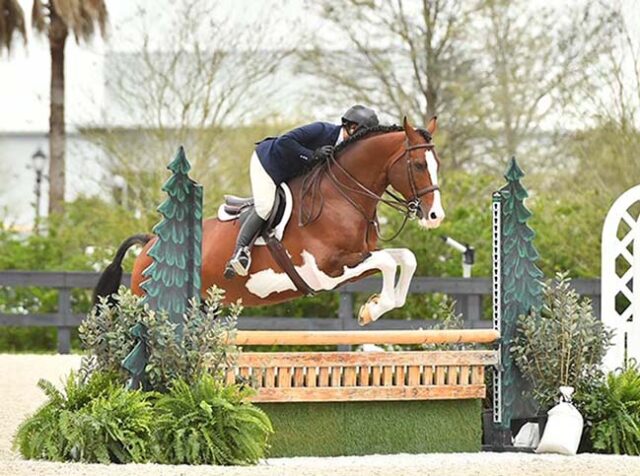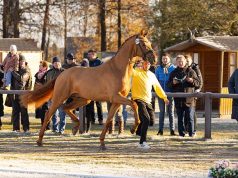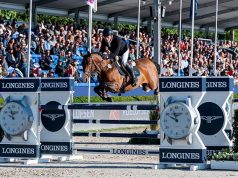
By Chris Gould / CWHBA
Photography: Andrew Rybeck, Janine Olsen
In Part 1 of ‘Taking root’, we examined some of the early stallions that provided the launching place for Warmblood breeding in Canada, beginning in 1988. Now we will take a step back and look at the penetration of some of the important sires that have had a world wide impact and see what place they hold in the Canadian Studbook.
Specifically, we will focus on two line-founding stallions from the 1940’s and five stallions from the 1960’s. Tracing back the number of Canadian Warmblood registered horses to their connection with these seven stallions has produced some fascinating numbers.
• Abglanz – born in 1947, the Trakhener stallion that founded the famous Hanoverian ‘A’ line is found in an incredible 43% of all CWHBA registered horses, approximately half of which have him two or more times.
• Gotthard – born in 1949, the most famous of the ‘G’ line stallions is found in 37% of the pedigrees.
• Ladykiller – born in 1961, perhaps the most influential Thoroughbred stallion in Holsteiner breeding is found in in 32% of the pedigrees and again nearly half of them have him two or more times.
• Furioso II – born in 1965, a widely influential French stallion with descendants in studbooks around the world, can be traced in 25%.
• Ramiro – born in 1965, the best known representative of the Ramzes line appears in 29%.(
• Almé Z – born in 1966, a French breeding stallion that contributed directly to several studbooks over his lifetime, comprises 18%.
• Cor de la Bryère – born in 1968, the great founder of the ‘C’ line has influenced 31% of the horses. Once more, close to half have him two or more times... To read the complete article you need to be a subscriber
CLICK HERE TO SUBSCRIBE TO BREEDING NEWS
SUBSCRIBERS CAN READ THE COMPLETE ARTICLE BY LOGGING IN AND RETURNING TO THIS PAGE



